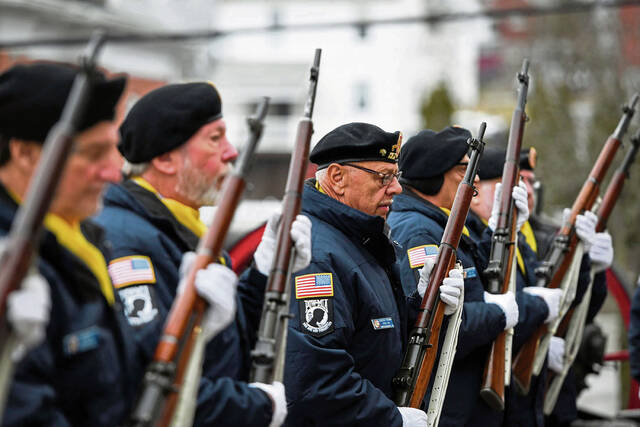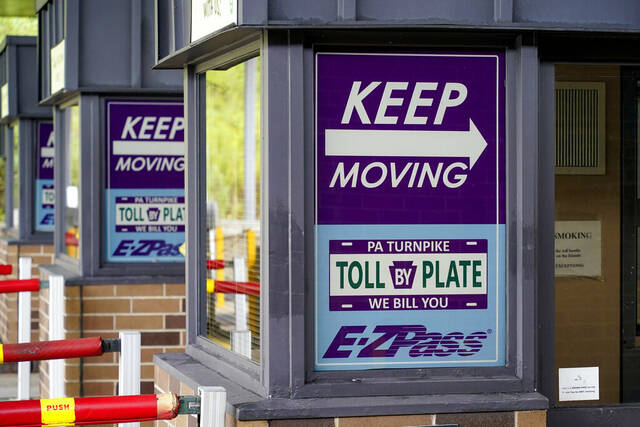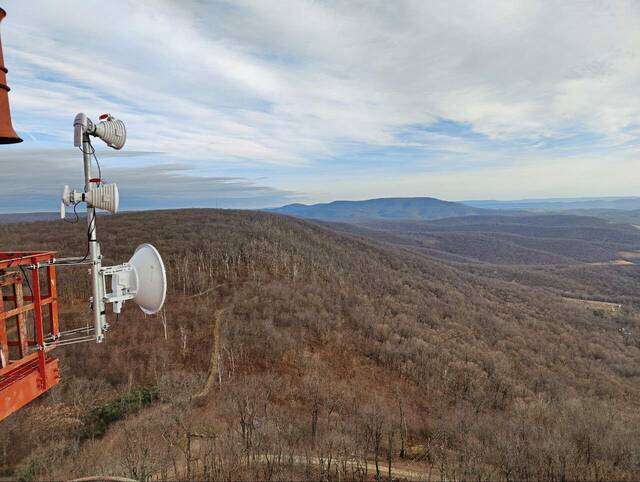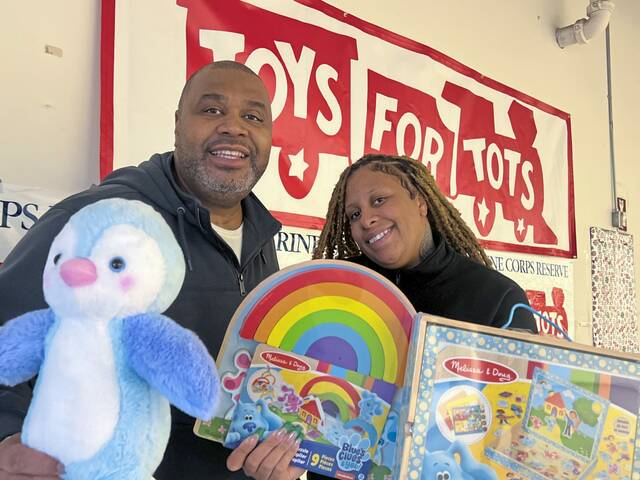“Better than nothing.”
That’s the sort of halfhearted review you expect to see on an unimpressive restaurant or a serviceable but underwhelming hotel. It speaks of an experience that is, at best, the bare minimum but quite possibly far less. It is an option of last resort — the best of a bad lot.
It is not what you want to hear about the system used to rate nursing homes.
The Centers for Medicare & Medicaid Services website, Care Compare, gives long-term care and rehabilitation facilities a rating on a five-star scale. It’s a familiar measure. It looks like the ratings given by students for their instructors on Rate My Professor or the customer reviews on Yelp.
These stars aren’t generated directly by the patients or their family members. They are the product of inspections by state or federal agencies, staffing reports and quality measures. In a hotel, that quality factor might be the cleanliness of the bathrooms or the comfort of the mattresses. With a nursing home, it’s how many people are in restraints or how many residents end up in the emergency room.
Ideally, every facility should have four or five stars, meeting the absolute best standards for medically vulnerable individuals. That isn’t the case.
A quick glance at the map of Pennsylvania’s nursing homes shows that south of Butler and west of Latrobe there are about 80 licensed locations. Twenty are in that ideal area. The rest — including those like Brighton Rehabilitation with its well-publicized safety and covid problems and Comprehensive Healthcare Management properties with their financial troubles — fall in the lower ranges.
Nursing homes don’t like the ratings. They definitely don’t like the abuse flag icon that alerts prospective clients to reports of abuse or neglect. It’s a more complicated issue, and the available information is incomplete. That’s true. A low-scoring home could be better than it looks on paper. A high scoring one is not a guarantee.
One problem with looking for scores is people don’t always have time to comparison shop for a nursing home. It isn’t a car or cellphone — something where you can plan your need in advance. If your mother has a stroke, you need a facility with an open bed, one that provides the right level of care and one in proximity to her doctors and family. A location that meets those criteria might be the deciding factor.
The ratings still are important because a nursing home is not a commitment. Residents and their families need to have regular information on the changing nature of what is happening so they can evaluate whether or not the facilities remain the best fit. Yesterday’s three stars can become tomorrow’s one. The Care Compare site needs to give the best information to make both initial and continuing decisions.
But is that a problem of ratings? Or is it an issue of nursing homes needing to meet higher standards? Are we, in effect, criticizing Yelp for the ratings of a restaurant instead of the cook for burning the steak?
The rating system may be better than nothing, but those stars tell a story of a lot of facilities that need to improve.








